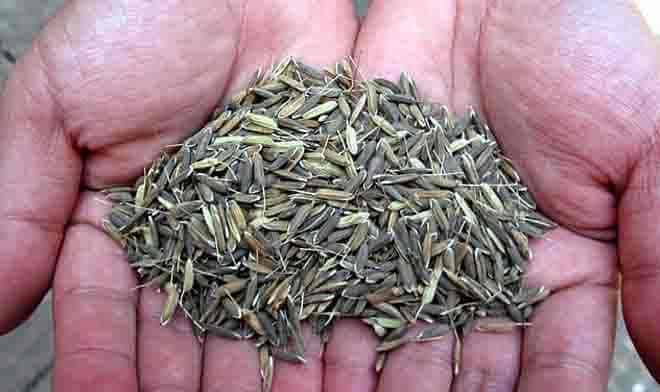The stars at this year’s third annual meeting of the International Advisory Council for the Basque Culinary Center were not the chefs but the seed breeders. The meeting focused on biodiversity and its relationship to cuisine and agriculture. Discussions, presentations, and even the meal served to attendees explored the possibilities and need for partnerships between breeders and chefs, advocates, and eaters on every level of the food system. Seed diversity, according to event host Dan Barber of Stone Barns Center for Food and Agriculture and speakers such as Anson Mills founder Glenn Roberts and Seed Matters founder Matt Dillon, holds the answer to better food nutrition and a more sustainable food system overall.
According to estimates by the U.N. Food and Agriculture Organization (FAO) in its 2010 State of the World’s Plant Genetic Resources for Food and Agriculture report, 75 percent of crop diversity disappeared between 1900 and 2000. In conjunction with this statistic, The Organic Center’s report, Still No Free Lunch: Nutrient Levels in the U.S. Food Supply Eroded by Pursuit of High Yields says data from the United States has shown that “a concentration of a range of essential nutrients in the food supply has declined in the last few decades, with double-digit percentage declines of iron, zinc, calcium, selenium and other essential nutrients across a wide range of common foods.”
Stephen Jones is the Director of Bread Lab, a think tank and laboratory that supports craft baking and local grain economies. In his experience as a wheat crop developer, Jones says, research has focused almost exclusively on production quantity: “No one had ever asked me about taste. No one had ever asked me about nutrition.”
The Organic Center’s report claims that since demand—and reward—in the marketplace is for crops bred for high yields and uniformity, “breeders are unlikely to change without incentives.” Chefs—along with eaters and farmers—can provide those incentives by partnering with breeders and incorporating greater crop varieties into their ingredients. Participatory plant breeding (PPB)—defined by the International Center for Agricultural Research in the Dry Areas as a “type of plant breeding in which farmers, as well as other partners, such as extension staff, seed producers, traders and NGOs, participate in the development of a new variety”—has proven effective in encouraging crop diversity in areas of Africa and Asia.
And this method can be expanded to include chefs in its definition and applied in the United States as well. Edible Manhattan Editor and Food Tank Advisory Board Member Brian Halweil, who attended the event, explained, “This shift in seed breeding [towards participatory plant breeding] will replace uniformity with ecological elasticity, making our farms that much more prepared to deal with extreme weather events, new pests and climate chaos.”
Peruvian chef Gaston Acurio agreed: “Farmers trust chefs. Customers trust chefs. We are a very good weapon to change the food system.”













